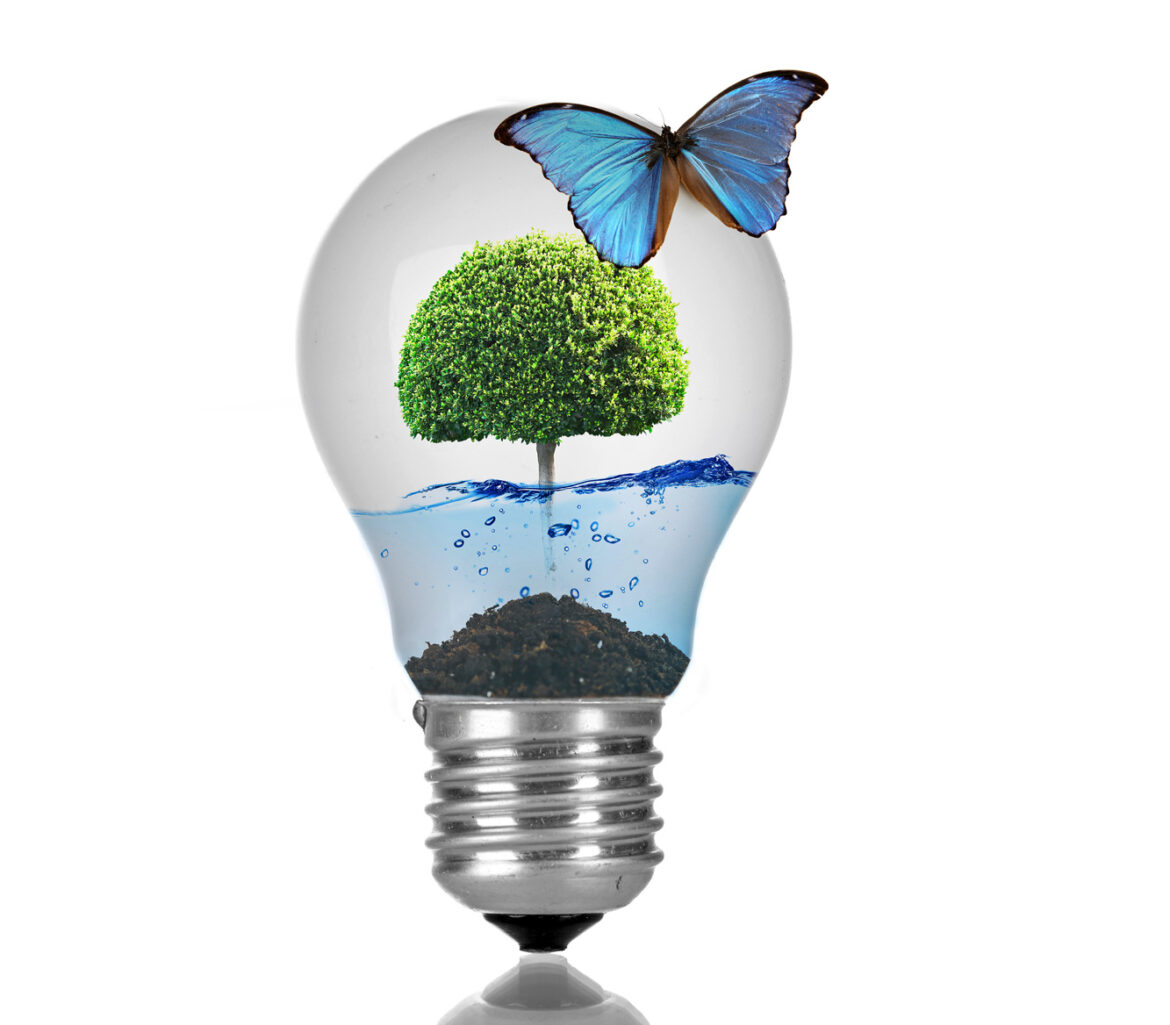
From AI to cost-cutting study techniques, Waterborne’s Innovation Team is driving the future, today
Innovation, on behalf of our clients and our planet, is the driving force behind Waterborne’s mission to create a sustainable future. We understand that it is through innovation that we can move our work forward and stay ahead of industry trends and regulatory changes. As we’ve shown in our articles on Exposure Modeling and cover crops, seeking out new and better solutions benefits us all. From employing AI to developing lower-cost monitoring equipment, pioneering change has fueled our work and, more specifically, our Waterborne Innovation Team, for decades and allowed us to develop and implement innovative strategies that address environmental challenges.
While every Waterborne employee is encouraged to seek out new methodologies and processes within their work, it’s our core Innovation Team, comprised of experienced scientists and engineers, who drive our product innovation, research, study design, and management. They are driven by a passion for discovery and meeting the expanding needs of our partners across various industries, including agriculture, pharmaceuticals, personal care products, and more.
To push the boundaries of what’s possible, our Innovation Team has focused on several cutting-edge areas of research. One such area is the development of automated systems for gathering and quality controlling monitoring data and provide tools such as webmaps to accompany these data and provide meaningful insights. By automating these processes, we can ensure data accuracy, increase efficiency, and allow our experts to focus on analysis and solution development.
In the realm of data analysis, we're exploring the potential of machine learning and artificial intelligence. These technologies can process vast amounts of data quickly and accurately, uncovering patterns and insights that would be impossible for humans to detect. By integrating AI into our work, we can make more informed decisions and develop more effective environmental solutions.
We are also investing in the research and development of low-cost monitoring equipment. Our goal is to make environmental monitoring more accessible and widespread, enabling more organizations to track and mitigate their environmental impact. This democratization of environmental technology is a key step towards a more sustainable future.
Our team is also harnessing the power of remote sensing and imagery analysis. Advances in this field allow us to monitor environmental conditions and changes from a distance, providing valuable data without disturbing the ecosystems we're studying. Development of this technology continues to open new possibilities for environmental monitoring and conservation.
We're exploring adaptations to our modeling approaches to account for the impacts of climate change. As our planet's climate continues to change, it's crucial that our models reflect these changes accurately. By incorporating climate change predictions into our models, we can better predict future environmental conditions and develop strategies to mitigate their impacts.
These areas of research are just a few examples of how our Innovation team is pushing the boundaries of environmental science. We're excited about the possibilities these technologies offer, and we're committed to using them to create a more sustainable future.

Waterborne Environmental, Inc. Hired to Create Online Dashboard That Tracks Nutrient Loss Across the State of Missouri
READ MORE

Swimming with Bacteria: Water Quality Concerns at the 2024 Paris Olympics
READ MORE

The Right Tool – Multidimensional Models
READ MORE



